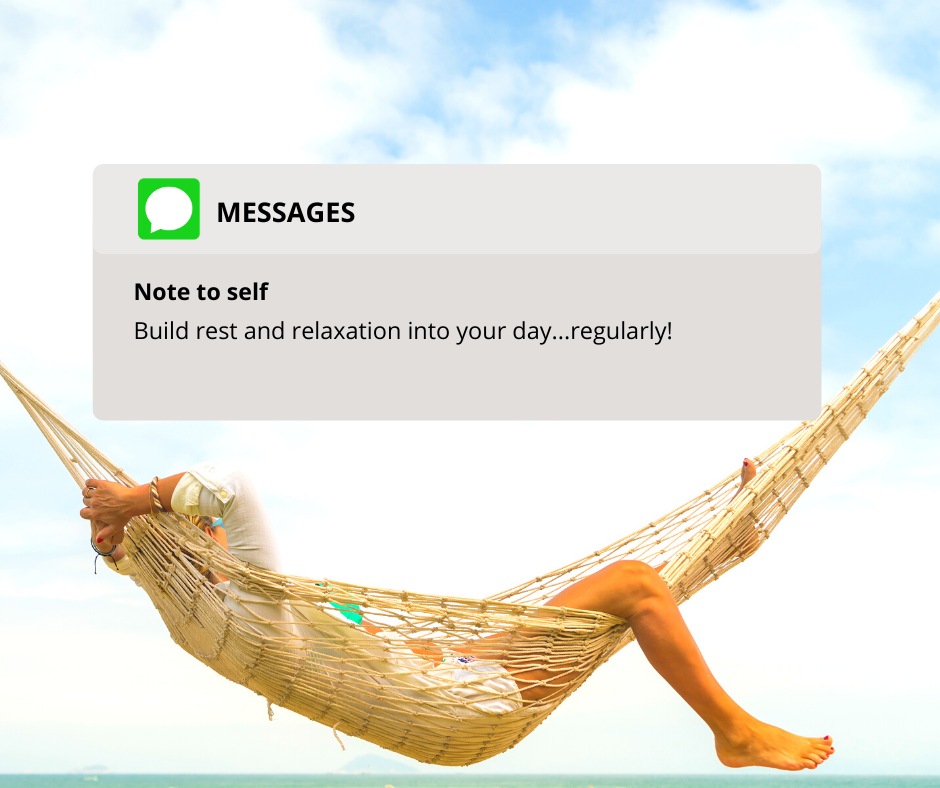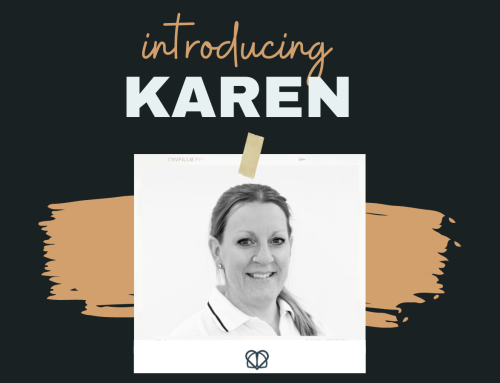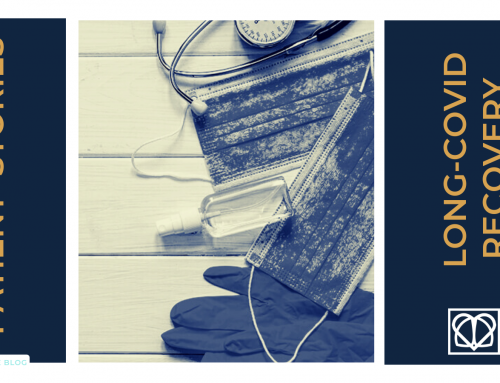We talked in our last blog about why it’s important to pace yourself when you’re recovering from long covid, and how it can help your recovery so that you don’t risk battling with relapses. You may find you suffer from post-exertional malaise (PEM) which is defined as “the worsening of symptoms following even minor physical or mental exertion, with symptoms typically worsening 12 to 48 hours after activity and lasting for days or even weeks.”
Activity management or pacing is one of the best ways to mitigate PEM.
But how do you pace yourself?!
Pacing should form an integral part of your recovery management toolkit, which also encompasses:
- healthy eating and a balanced diet
- getting plenty of sleep
- delegating or asking for help whenever you need it
But before you can even begin you need to conduct a little analysis!
Take some time to look at your individual circumstances, and be honest with yourself about how you’re feeling. This is to help you work out just how demanding every activity is for you – and remember it’s not just about physical activity but mental and emotional too. So even getting out of bed, taking a shower, wrapping Christmas presents or working out the Christmas dinner menu should be factored into your calculations.
Separate all your activities into low, medium or high consumers of energy. Consider the balance of different types of activity and the level of energy they use when you are planning out your day.
Keep an activity diary
This really is the best way to manage your energy and tends to make your efforts to pace yourself more successful.
We have a downloadable Pacing activity planner for you to keep a proper record of your activity and plan out your day.
How to complete your activity diary
Filling out your diary is easy – just follow these steps:
- Look at the key at the bottom of the diary and you’ll see it has a box for sleep, one for rest, and three for different levels of activity. Choose a contrasting colour or pattern for each box (you don’t necessarily need to use the colours on the diary) and fill it in.
- Now look at the first line of the diary: it starts at midnight on the first day, and each box represents an hour. Use your colour or pattern to fill in the boxes, indicating the activity you’re doing at different times of day.
- You can also fill in only part of the box if an activity doesn’t last the full hour. Part fill the box, and the complete the rest of it with other colours or patterns, depending on what you did next. If you have a few different activities in any hour, this could indicate you are doing too much.
- Only you can decide which activities are high, medium, low demand or restful for your own circumstances. Think about how much energy (physical, mental or emotional) each activity usually demands from you on an average day. In this way, you’ll be able to make the diary suit your own current situation.
- If your sleep is broken, make a rough estimate of how long you were awake for, and fill in the diary with the colour for rest or high, medium or low demand activity, depending on what you did whilst you were awake.
With recent news that long covid is affecting 1 in 5 people, it’s vital to make sure you’re looking after yourself as you recover.
Remember to Stop. Rest. Pace.





